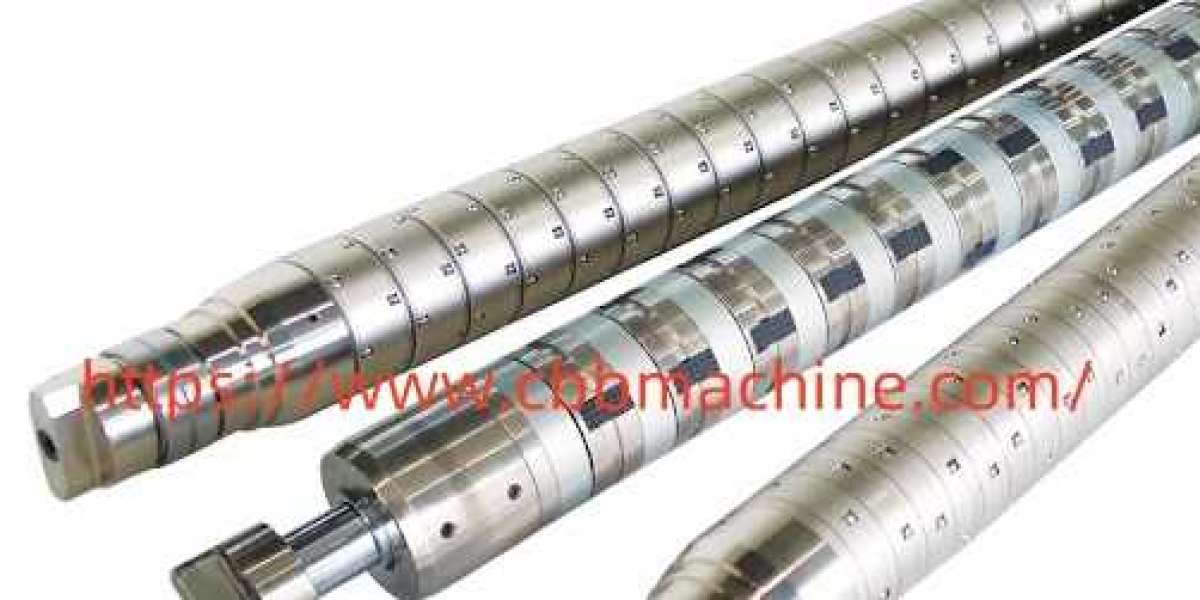In high-precision material unwinding and rewinding systems, the Differential Air Shaft plays a pivotal role in ensuring accurate tension control, smooth rotation, and uniform roll quality throughout the entire production process. It is a critical component widely used in converting, printing, laminating, and slitting industries, where maintaining even web tension across multiple rolls is essential for consistent product output.
This advanced mechanical device functions by using differential elements—often ball cages or friction rings—that allow each core to rotate independently. The principle behind this technology lies in its ability to automatically compensate for variations in web tension, enabling multiple rolls of varying diameters to be wound simultaneously without slippage or defects. By balancing air pressure and torque through its chambered structure, it helps achieve perfect winding alignment and material stability.
In traditional setups, uneven torque distribution frequently leads to core misalignment or telescoping of rolls. The differential design eliminates these challenges by dynamically adjusting the pressure exerted on each core. This not only protects delicate materials like films and foils but also enhances the operational lifespan of machinery by reducing vibration and mechanical stress.
Modern production environments increasingly demand flexibility and precision. The inclusion of smart control systems and feedback sensors allows operators to fine-tune air pressure levels with high accuracy. This results in greater adaptability for different substrates and materials, minimizing downtime during production changeovers. Additionally, quick-release mechanisms make the installation and replacement process straightforward, supporting higher productivity and reduced labor intensity.
Beyond mechanical efficiency, energy conservation and sustainability are becoming key considerations. Differential systems require less power to maintain uniform winding, thereby improving operational economy and reducing overall wear on components. Their modular design also makes maintenance simpler, offering a cost-effective solution for long-term manufacturing operations.
Manufacturers that utilize advanced air shaft systems benefit from improved roll consistency, higher yield rates, and lower material waste. In industries where precision and quality determine profitability, implementing differential technology represents both a technological and economic advantage. It bridges the gap between traditional mechanical designs and modern automation, providing a reliable foundation for continuous operation in high-speed production lines.
For detailed insights on the functions, features, and benefits of this essential component, visit https://www.cbbmachine.com/news/industry-news/differential-air-shafts-key-components-applications-benefits-and-more.html.








